Okuninushi : The Divine Architect
Listen
At a glance
| Description | |
|---|---|
| Origin | Japanese Mythology |
| Classification | Gods |
| Family Members | N/A |
| Region | Ame-no-Fuyukinu (Father), Sashikuniwakahime (Mother), Yagamihime, Suseribime, Nunakawahime, Takiribime (Wives), Kotoshironushi, Takeminakata (Children) |
| Associated With | Creation, Magic, Life |
Okuninushi
Introduction
Okuninushi (大国主神), often translated as the “Great Land Master,” stands as one of the most enduring figures in Japanese mythology. His stories, preserved in the Kojiki (712 CE) and Nihon Shoki (720 CE), emphasize not only his power as a creator deity but also his compassion and ability to endure hardship. Unlike the more celestial myths tied to Amaterasu and the Yamato lineage, Okuninushi’s tales are rooted in the earthly Izumo province, which became a cultural heartland of Shinto belief. He is honored as a god of nation-building, medicine, agriculture, and love, and his role in the famous tale of the White Hare of Inaba highlights his kindness in contrast to the cruelty of his brothers. Through these myths, Okuninushi emerges as a deity who blends strength with empathy, embodying the qualities necessary for sustaining both land and community.
Physical Traits
Japanese mythology seldom lingers on detailed physical appearances, but Okuninushi is usually described as a youthful and noble figure. In artistic depictions, he is portrayed with long, flowing black hair tied neatly in traditional styles and clothed in ornate robes, often resembling those of court aristocracy. His imagery sometimes includes sacred regalia such as a bow, sword, or staff, symbols of his protective and ruling authority. In the White Hare myth, he is represented as a gentle young man whose kind expression sets him apart from his rougher, more arrogant siblings. His handsome and approachable features are intended to reflect his character as a benevolent protector rather than a fearsome warrior.
Family
The genealogy of Okuninushi is rich and layered, with variations depending on the text. In the Kojiki, he is described as the son of Ame-no-Fuyukinu and Sashikuniwakahime, though in some versions he is directly linked to Susanoo-no-Mikoto, the storm god, as either his descendant or son. His family life is equally complex, with numerous wives and children. Among his consorts, Yagamihime of Inaba is remembered for the tender courtship story in which he wins her hand through compassion, while Suseribime, daughter of Susanoo, plays a central role in his trials and eventual escape from the underworld. His children include deities such as Kotoshironushi, later revered as a god of diplomacy and commerce, and Takeminakata, associated with martial strength in the Suwa region. His many brothers, collectively known as the Yasogami, serve as antagonists in his youth, challenging his patience and resilience before he rises to prominence.
Other names
Okuninushi’s vast array of titles demonstrates the wide scope of his worship and the diversity of his roles. He is frequently referred to as Ōnamuchi or Ōanamochi, names that highlight his role as a ruler and master of the terrestrial land. The Izumo Fudoki, a record of local traditions, praises him as “The Great God Who Created All Under Heaven,” acknowledging his authority in shaping the earthly realm. He is also known as Yachihoko, the “God of Eight Thousand Spears,” symbolizing his power in war and protection. Another prominent name, Daikoku, reflects the blending of Shinto and Buddhist traditions, where he became associated with Daikokuten, one of the Seven Gods of Fortune. Folk beliefs often address him as Daikoku-sama, a household deity of wealth and prosperity. Through these names, Okuninushi’s identity expands from a regional Izumo god to a pan-Japanese figure embodying creation, wealth, and guardianship.
Powers and Abilities
Okuninushi’s powers are central to his role in shaping the world. He is most celebrated as a nation-builder, credited with developing and organizing the terrestrial realm known as Ashihara-no-Nakatsukuni, the “Central Land of Reed Plains.” Working alongside the dwarf deity Sukunabikona, he established the foundations of agriculture, healing practices, and protective rituals against disease and natural disasters. His divine treasures, acquired during his trials in the underworld—such as the sword Ikutachi, the bow Ikuyumiya, and the sacred instrument Amenonirigoto—symbolize the tools of governance and creation.
Beyond these responsibilities, Okuninushi is revered as a healing deity, often invoked in Shinto rituals to ward off sickness and ensure good health. In later traditions, he also became a god of love and matchmaking, a role most prominently celebrated at Izumo Taisha Shrine, where he is worshipped as a divine matchmaker bringing couples together. Perhaps equally important is his role as a diplomat: when Amaterasu’s descendants descended from the heavens to claim rule over Japan, Okuninushi peacefully ceded control, a myth that symbolizes harmony and political unification. This act of yielding power is remembered not as defeat but as wisdom, ensuring continuity and balance between heavenly and earthly realms.
Modern Day Influence
Okuninushi’s legacy remains vibrant in modern Japan, where he is still celebrated both as a historical guardian of the land and as a spiritual presence in everyday life. His most important shrine, Izumo Taisha in Shimane Prefecture, continues to be one of the country’s most sacred sites, drawing pilgrims who pray for love, health, and prosperity. Every October, the Kamiari Festival is held there, during which it is believed that all the gods of Japan gather in Izumo under Okuninushi’s leadership, emphasizing his role as host and mediator among the kami.
In contemporary media, Okuninushi appears in manga, anime, and video games, where his attributes of wisdom and compassion often distinguish him from more warlike gods. For instance, in modern gaming franchises, he is reimagined as a protective figure with healing powers, keeping his myth alive among younger generations. His association with Daikokuten also ensures that he continues to be revered as a deity of fortune and wealth, with statues and talismans bearing his likeness found in homes and businesses across Japan.
Culturally, his story of yielding authority has been interpreted as a metaphor for unity through diplomacy, and his role as a god of marriage keeps him at the heart of personal rituals such as weddings and matchmaking prayers. Literature, art, and even local tourism campaigns in Shimane highlight his enduring presence, making him not just a mythical figure of the past but a living symbol of Japanese identity.
Related Images
Source
Antoni, K. (2016, November 29). Oh Gods! The Life and Times Of Okuninushi. Kansai Odyssey. Retrieved from https://kansai-odyssey.com/oh-gods-the-life-and-times-of-okuni-nushi/
Ayabe, T. (1975). Coping with Modernization in Contemporary Japan. The Journal of Asian Studies, 34(3), 856-857.
British Museum Shop. (n.d.). The Japanese Myths. Retrieved from https://www.britishmuseumshoponline.org/the-japanese-myths.html?srsltid=AfmBOoqkSb5zxJ5ABX1XxSEo0EVM0WipRwFjUdrneKtEFGv1HCYJYbKqG
Crespi, I. (2015, April 29). The God Okuninushi and the Trifunctional System of the Indo-Europeans. Semantics Scholar. Retrieved from https://www.semanticscholar.org/paper/19aaf2fcf8bdcb4d88b36c0cde6a3d655babd26e
Encyclopedia.com. (n.d.). ŌKUNINUSHI NO MIKOTO – Encyclopedia.com. Retrieved from https://www.encyclopedia.com/environment/encyclopedias-almanacs-transcripts-and-maps/okuninushi-no-mikoto
Fandom. (n.d.). Ōkuninushi | Gods and Demons Wiki – Fandom. Retrieved from https://gods-and-demons.fandom.com/wiki/%C5%8Ckuninushi
Fandom. (n.d.). Okuninushi | Myth and Folklore Wiki – Fandom. Retrieved from https://mythus.fandom.com/wiki/%C5%8Ckuninushi
Greenshinto. (2019, February 21). Alternative Shinto (Okuninushi). Retrieved from https://www.greenshinto.com/2019/02/21/alternative-shinto-okuninushi/
History of Japan. (n.d.). Ōkuninushi – A History . . of Japan . 日本歴史. Retrieved from https://historyofjapan.co.uk/wiki/okuninushi/
Britannica. (n.d.). Ōkuninushi Shinto god, Japanese mythology, Izumo Province. Retrieved August 29, 2025, from https://www.britannica.com/topic/Okuninushi
Mythology Vault. (n.d.). Okuninushi Land Creation Myths. Retrieved August 29, 2025, from https://mythologyvault.com/japanese-myths/okuninushi-land-creation-myths
Wikipedia contributors. (n.d.). Ōkuninushi. In Wikipedia, The Free Encyclopedia. Retrieved August 29, 2025, from https://en.wikipedia.org/wiki/%C5%8Ckuninushi
Japanese Wiki Corpus. (n.d.). The Myth of Okuninushi. Retrieved August 29, 2025, from https://japanese-wiki-corpus.github.io/mythology/Okuninushi.html
Frequently Asked Questions
What is lorem Ipsum?
I am text block. Click edit button to change this text. Lorem ipsum dolor sit amet, consectetur adipiscing elit. Ut elit tellus, luctus nec ullamcorper mattis, pulvinar dapibus leo.
What is lorem Ipsum?
I am text block. Click edit button to change this text. Lorem ipsum dolor sit amet, consectetur adipiscing elit. Ut elit tellus, luctus nec ullamcorper mattis, pulvinar dapibus leo.
What is lorem Ipsum?
I am text block. Click edit button to change this text. Lorem ipsum dolor sit amet, consectetur adipiscing elit. Ut elit tellus, luctus nec ullamcorper mattis, pulvinar dapibus leo.
What is lorem Ipsum?
I am text block. Click edit button to change this text. Lorem ipsum dolor sit amet, consectetur adipiscing elit. Ut elit tellus, luctus nec ullamcorper mattis, pulvinar dapibus leo.
What is lorem Ipsum?
I am text block. Click edit button to change this text. Lorem ipsum dolor sit amet, consectetur adipiscing elit. Ut elit tellus, luctus nec ullamcorper mattis, pulvinar dapibus leo.


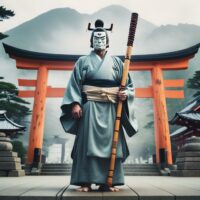

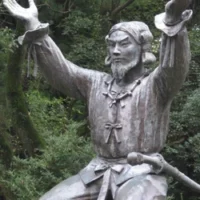
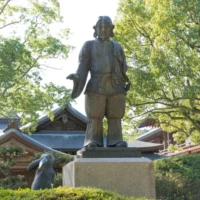
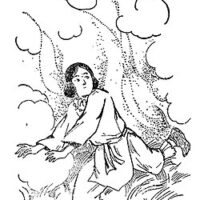

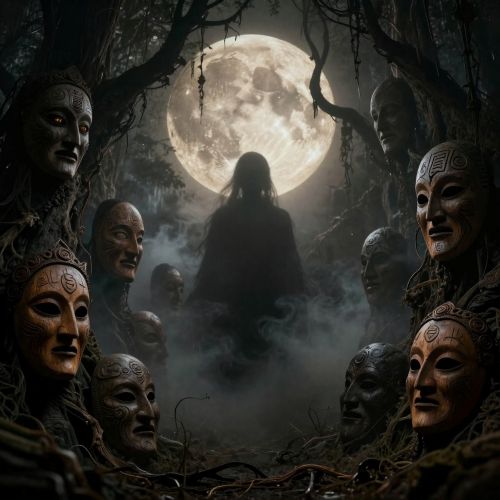


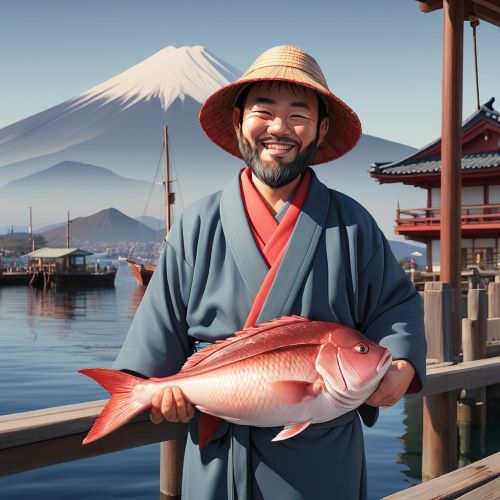


Lionel Hermann
Your blog is a treasure trove of valuable insights and thought-provoking commentary. Your dedication to your craft is evident in every word you write. Keep up the fantastic work!
Chase Kirlin
Your blog is a constant source of inspiration for me. Your passion for your subject matter shines through in every post, and it’s clear that you genuinely care about making a positive impact on your readers.